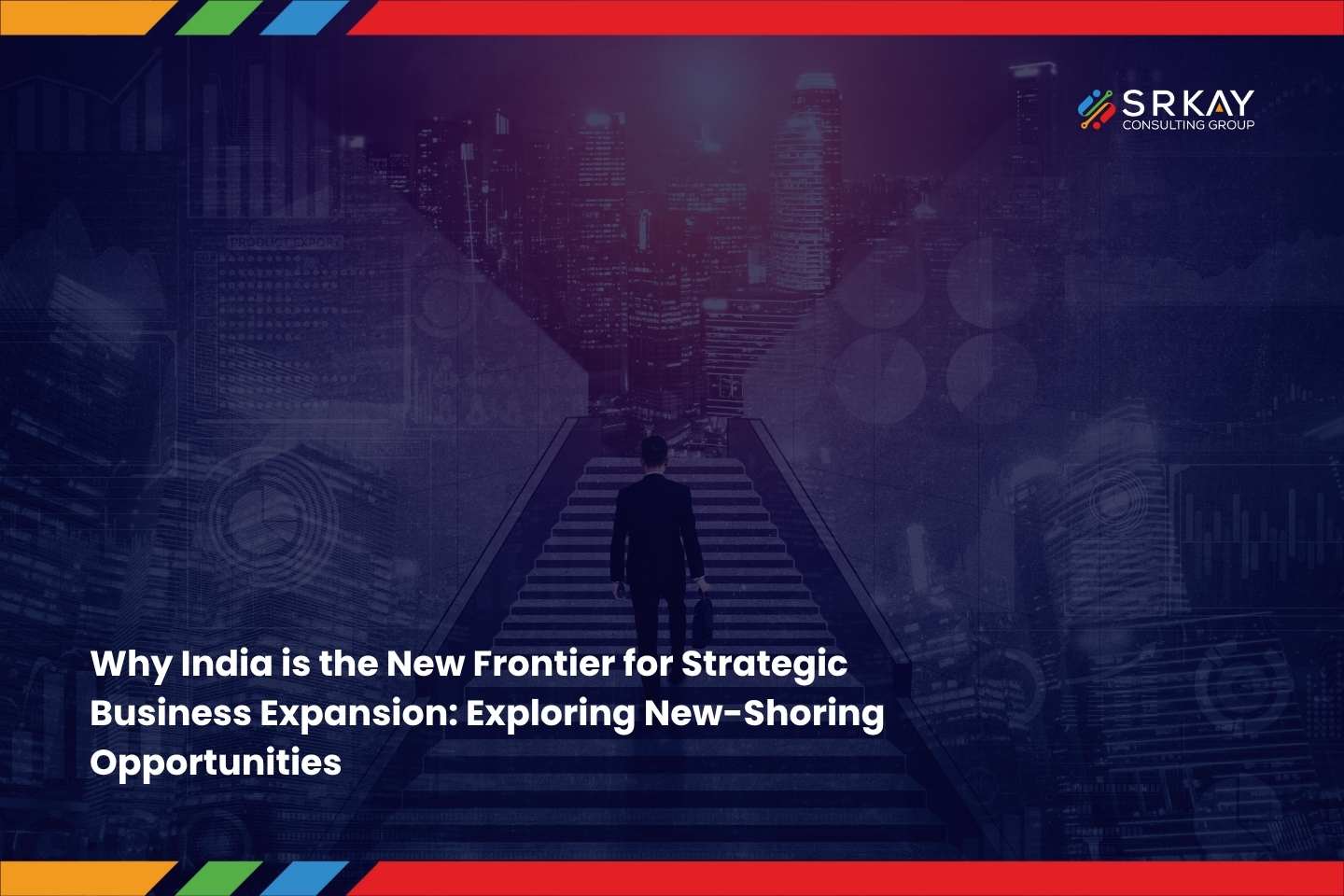

Close

As the digital landscape continues to evolve rapidly, workplace automation is emerging as a game-changer for organizations. Chief Information Officers (CIOs) and Chief Technology Officers (CTOs) are at the forefront of this transformation, tasked with navigating the complexities and capitalizing on the opportunities presented by automation technologies. Here are the key trends that CIOs and CTOs must watch closely:
Generative AI: The Disruptive Force
Generative AI (GenAI) is poised to revolutionize the way we work, and it’s a trend that CIOs and CTOs cannot afford to ignore. These advanced AI models can generate human-like text, images, code, and more, opening up a world of possibilities for automating tasks and streamlining processes. However, the rapid evolution of GenAI also presents challenges, such as determining its business value, managing costs, and mitigating risks.
CIOs and CTOs must collaborate closely with business teams to understand the impact of GenAI and develop strategies for its implementation. They will need to provision the necessary infrastructure, upskill teams, and address potential risks like data privacy and security concerns.
Intelligent Automation and Robotic Process Automation (RPA)
Intelligent automation and RPA are transforming the way organizations operate by automating repetitive and rule-based tasks. CIOs and CTOs are leveraging these technologies to increase efficiency, reduce costs, and free up employees to focus on more strategic and value-adding activities.
As automation becomes more prevalent, CIOs and CTOs must ensure that their processes are optimized for automation and that their teams have the necessary skills to manage and maintain these systems. They must also address potential challenges, such as integrating automation with existing systems and managing the impact on the workforce.
Cloud-Centric Operating Models
The shift towards cloud-centric operating models is gaining momentum, driven by the need for scalability, agility, and cost-effectiveness. CIOs and CTOs are tasked with building secure and resilient cloud infrastructures that support growth and innovation.
To succeed in this transition, CIOs and CTOs must prioritize security by design, ensuring that compliance, security, and resilience are built into their cloud strategies from the outset. They must also cultivate capabilities in areas like data governance, AI, and advanced analytics to unlock the full potential of cloud-based technologies.
Data-Driven Decision-Making
Data has become the lifeblood of modern organizations, and CIOs and CTOs are at the forefront of leveraging data to drive better decision-making. However, effective data utilization requires robust data governance practices, ensuring data privacy, cybersecurity, and compliance.
CIOs and CTOs must prioritize data analytics capabilities to empower their organizations with actionable insights. They must also address the challenges of managing data across multiple locations, devices, and networks in the hybrid work environment.
Workforce Transformation
As automation and AI technologies continue to reshape the workplace, CIOs and CTOs must navigate the associated workforce transformation. This includes upskilling existing employees, attracting new talent with the right profiles, and redeploying staff to more strategic roles.
Collaboration with HR and talent management teams is crucial to align on the investments needed for workforce development and retention. CIOs and CTOs must also foster an engaging and motivating work environment to retain their skilled workforce in the face of increased competition.
Conclusion
The future of workplace automation presents both opportunities and challenges for CIOs and CTOs. By staying ahead of these trends, embracing new technologies, and fostering a culture of innovation and continuous learning, they can position their organizations for success in the rapidly evolving digital landscape.
Workplace automation is not just a technological evolution but a strategic imperative. Forward-thinking leaders who embrace these trends will be well-positioned to lead their organizations into a future where technology and human ingenuity work hand in hand.
We co-create with our customers at the center, combining deep domain expertise with innovative technology and talent solutions to accelerate growth. Our passion for excellence drives us to transform businesses, unlocking new opportunities and delivering lasting impact.
Subscribe to our newsletter to get our newest articles instantly!
Smart Leaders Are Rethinking Outsourcing. Are You? As global businesses face margin pressure and tech talent gaps, outsourcing is evolving from a cost play to a growth strategy. We're inviting senior leaders to share their perspectives in a short survey that explores how companies are scaling faster and operating leaner through smarter outsourcing. Take the short survey now and lead the next wave of global delivery excellence.
